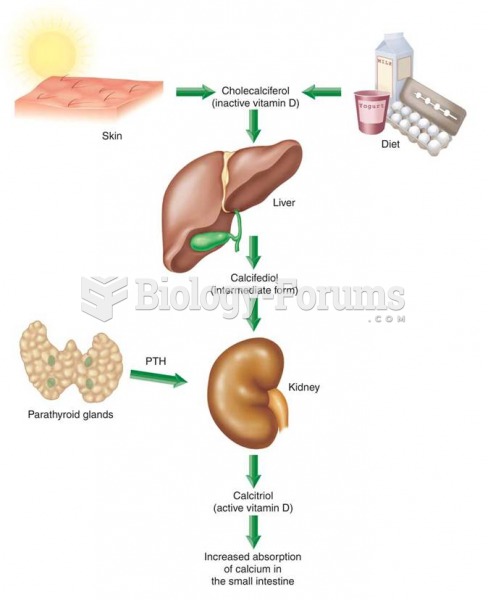History is full of cases where dreams have been a pathway to creativity and discovery. A striking example is provided by Dr. Otto Loewi, a pharmacologist and winner of a Nobel prize. Loewi had spent years studying the chemical transmission of nerve impulses. A tremendous breakthrough in his research came when he dreamed of an experiment three nights in a row. The first 2 nights he woke up and scribbled the experiment on a pad. But the next morning, he couldn't tell what the notes meant. On the third night, he got up after having the dream. This time, instead of making notes he went straight to his laboratory and performed the crucial experiment. Loewi later said that if the experiment had occurred to him while awake he would have rejected it. Loewi's experiment gives some insight into using dreams to produce creative solutions. Inhibitions are reduced during dreaming, which may be especially useful in solving problems that require a fresh point of view. Being able to take advantage of dreams for problem solving is improved if you set yourself before retiring. Before you go to bed, try to think intently about a problem you wish to solve. Steep yourself in the problem by stating it clearly and reviewing all relevant information. Then use the suggestions listed in the previous section to catch your dreams. Although this method is not guaranteed to produce a novel solution or a new insight, it is certain to be an adventure. About half of a group of college students using the method for 1 week recalled a dream that helped them solve a personal problem. The author seems to have a bias in favor of
a. inhibitions.
b. avoiding scientific experiments.
c. avoiding dreaming.
d. seeking creative solutions.
Question 2
History is full of cases where dreams have been a pathway to creativity and discovery. A striking example is provided by Dr. Otto Loewi, a pharmacologist and winner of a Nobel prize. Loewi had spent years studying the chemical transmission of nerve impulses. A tremendous breakthrough in his research came when he dreamed of an experiment three nights in a row. The first 2 nights he woke up and scribbled the experiment on a pad. But the next morning, he couldn't tell what the notes meant. On the third night, he got up after having the dream. This time, instead of making notes he went straight to his laboratory and performed the crucial experiment. Loewi later said that if the experiment had occurred to him while awake he would have rejected it. Loewi's experiment gives some insight into using dreams to produce creative solutions. Inhibitions are reduced during dreaming, which may be especially useful in solving problems that require a fresh point of view. Being able to take advantage of dreams for problem solving is improved if you set yourself before retiring. Before you go to bed, try to think intently about a problem you wish to solve. Steep yourself in the problem by stating it clearly and reviewing all relevant information. Then use the suggestions listed in the previous section to catch your dreams. Although this method is not guaranteed to produce a novel solution or a new insight, it is certain to be an adventure. About half of a group of college students using the method for 1 week recalled a dream that helped them solve a personal problem. If Loewi had thought of the experiment while awake, he would have
a. thought it was a wise idea. b. tried it out.
c. asked someone else to do it.
d. thought it was a bad idea.







